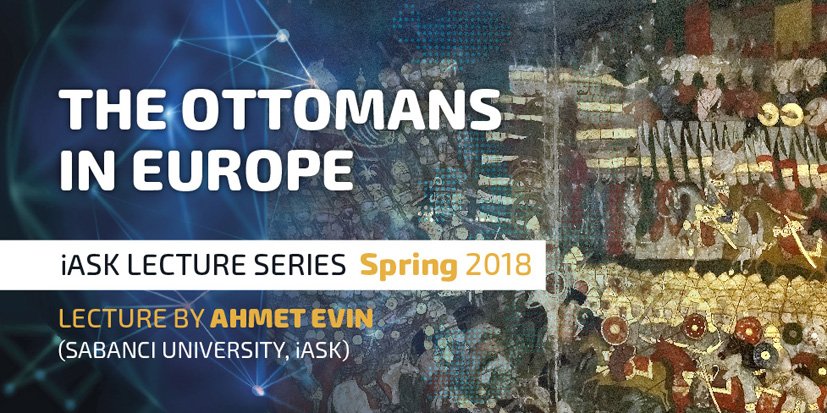Research & Studies


The Future of Europe – in a Global Context – IASK Lecture Series
The Ottomans in Europe – Lecture by Ahmet Evin at iASK
1st part
2nd part
Ottomans in Europe
The rapid Ottoman expansion from Thrace to the Danubian Europe is remembered as posing the greatest threat to Christendom. It gave rise to the widely shared image of the “terrible Turk” as the most feared enemy of European peoples and civilization and has helped enriched particularly the German language with specific references to measures adopted to warn or fend off the Turkish menace, such as Türkensteuer, Türkenglocken, and the overall Türkenfurscht. The threatening image of the Turk was never replaced with a weaker and meeker one despite the long period of Ottoman decline when the empire came to be called the sick man of Europe.
The perception on the Turkish side was more complex and paradoxical. Shortly after the establishment of the frontier Beylikate, the Ottoman sultans aimed to consolidate their power in Byzantine territories, particularly in Thrace. From Mehmet II, if not even earlier, they came to see themselves as the heirs to the Roman empire. They shared a similar sense of rivalry to the Church of Rome as that harbored by the Eastern Church, which they saw both as a vassal and a dependent to be protected.
Only during the period of decline did Europe loom both as a model and a threat to the Ottomans.
At its heyday, Ottoman territories in Europe extended roughly to the same borderline that divided the eastern and western commands of the Tetrarchy formalized at the end of the third century AD. The Ottoman – Hapsburg border, in retrospect, seems to have perpetuated the Roman administrative division as well as the borderline between the Catholic West and the Byzantine East. After World War II, the iron curtain also seems to have reinforced the perception of difference between eastern and western Europe. Have these administrative, military, ethnic, and confessional differences resulted in a kind of cultural cleavage passing through Central Europe? Can we glean any clues from Central Europe’s history as borderlands to consider the future of Europe?
Lecture by Ahmet Evin – Sabanci University, iASK
Date: on 2nd of May at 10.00 a.m
Venue: Zwinger, Kőszeg H-9730 Chernel st. 16.
Live streaming of the lecture is accessible at www.iask.hu and https://www.facebook.com/iask.hungary
© 2017-2023, All Rights Reserved